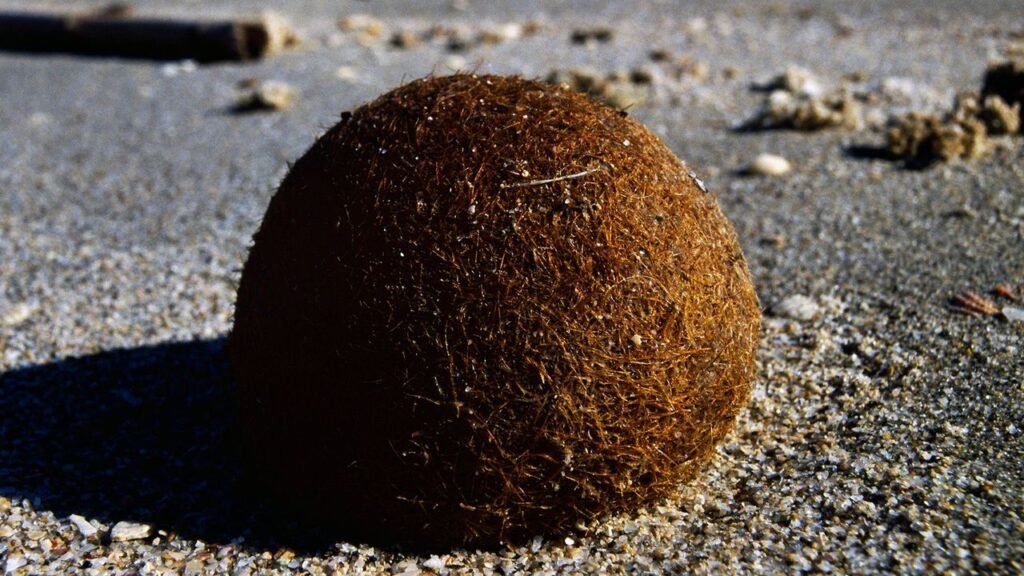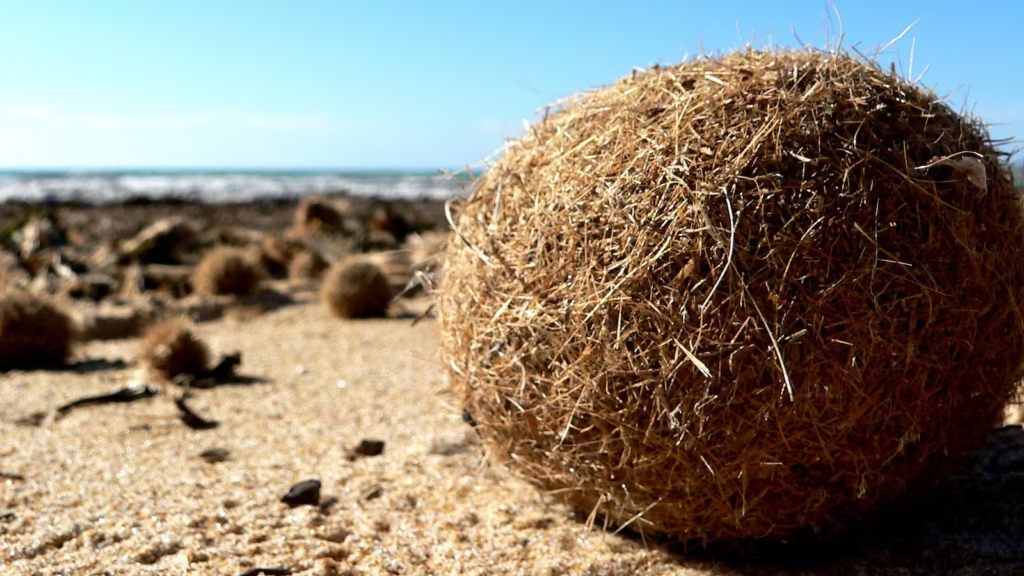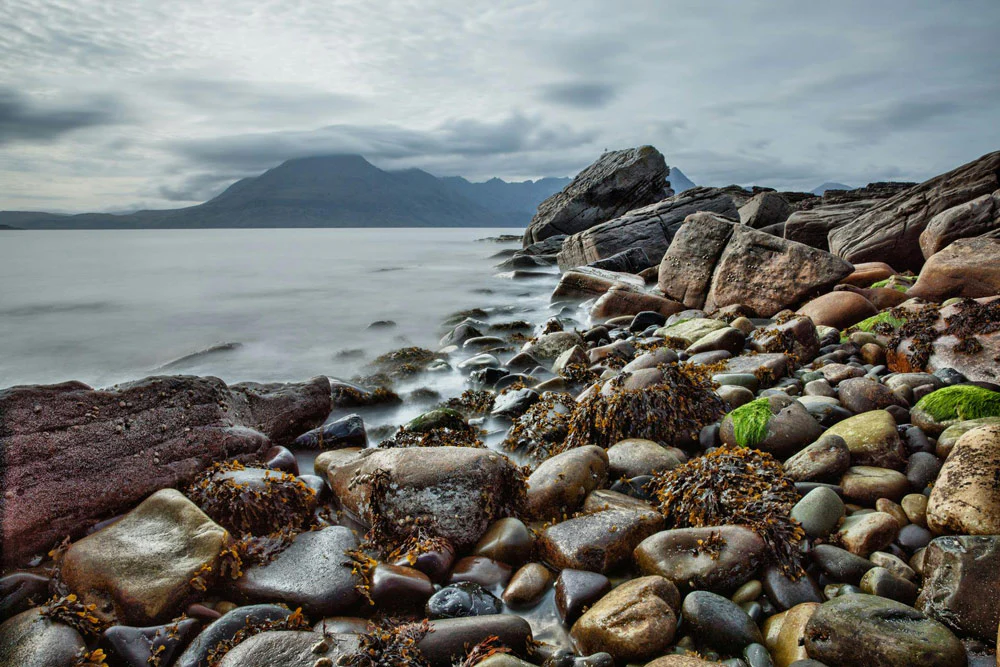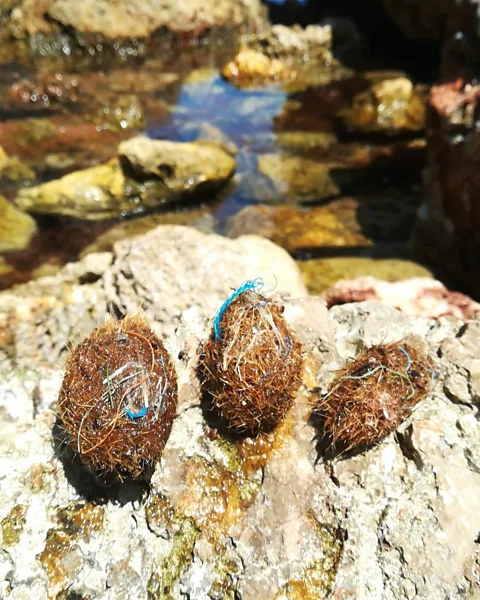As the threat of microplastics grows worldwide, seagrass meadows in the Mediterranean are quietly playing a surprising role. These meadows form fibrous bundles known as Neptune balls, which are now being recognized as natural collectors of ocean plastic.
What Are Neptune Balls Ocean Plastic Bundles?

Neptune balls, scientifically called Posidonia oceanica, are dense, spherical bundles made from the fibrous remains of seagrass. While they have long been used traditionally for packaging, bedding, and even insulation, researchers have uncovered another crucial function: helping to trap plastic waste.
Microplastics in the Ocean and Seagrass Meadows
Microplastics – fragments smaller than 5mm – often come from discarded bags, bottles, fishing nets, and other single-use items. They pose risks to human and environmental health, affecting hormones, bones, and even brain function. Since most plastic pollution originates on land, oceans become the ultimate sink, with seagrass meadows acting as natural filters.
How Seagrass Collects and Traps Ocean Plastic
The long leaves of Posidonia slow down water movement, allowing carbon, sediments, and unfortunately, microplastics to settle. Over time, the fibrous remains of seagrass intertwine, trapping plastic fragments and forming Neptune balls. Each year, researchers estimate that seagrass meadows in the Mediterranean capture nearly 900 million plastic pieces.
Plastic Found in Neptune Balls and Their Impact

A study in Mallorca revealed that while only 17% of Neptune balls contained plastic, those that did were densely packed – with as many as 1,500 fragments per kilogram. Larger Neptune balls, sometimes called “monster balls,” were even found to contain sanitary products, wipes, and other heavier plastics.
Neptune Balls Ocean Plastic Washed Ashore by the Sea
During storms or strong tides, Neptune balls break loose from the seafloor and drift ashore. Scientists describe this process as “the sea returning our trash” – highlighting how the ocean pushes back the waste that never belonged there. Neptune balls ocean plastic.
Not a Solution, but a Sign
Despite their role, experts warn that Neptune balls should not be seen as a fix for marine pollution. They are a natural byproduct of seagrass ecosystems, not a method of ocean cleanup. If found on beaches, they should be left untouched, as they provide moisture and nutrients to coastal habitats.
The Decline of Seagrass Meadows

Globally, seagrass coverage has declined by nearly 30% since the late 19th century due to pollution, rising ocean temperatures, invasive species, and coastal development. In the Mediterranean, Posidonia oceanica faces increasing threats from industrial activity and heatwaves.
Conservation Efforts to Restore Seagrass
Despite challenges, conservation projects such as Spain’s Marine Forest in the Bay of Pollença and the Posidonia Gardeners initiative in Sicily and Malta are working to restore seagrass meadows. These ecosystems not only trap plastic but also absorb carbon dioxide, protect coastlines, and support marine biodiversity. Neptune balls ocean plastic.
A Reminder From Nature

Neptune balls are a striking reminder of how ecosystems interact with human pollution. While they offer a glimpse of nature’s resilience, they also underscore the urgent need to reduce plastic waste at its source. Seagrass meadows may help filter our mistakes, but long-term solutions lie in reducing plastic use and protecting marine ecosystems.




